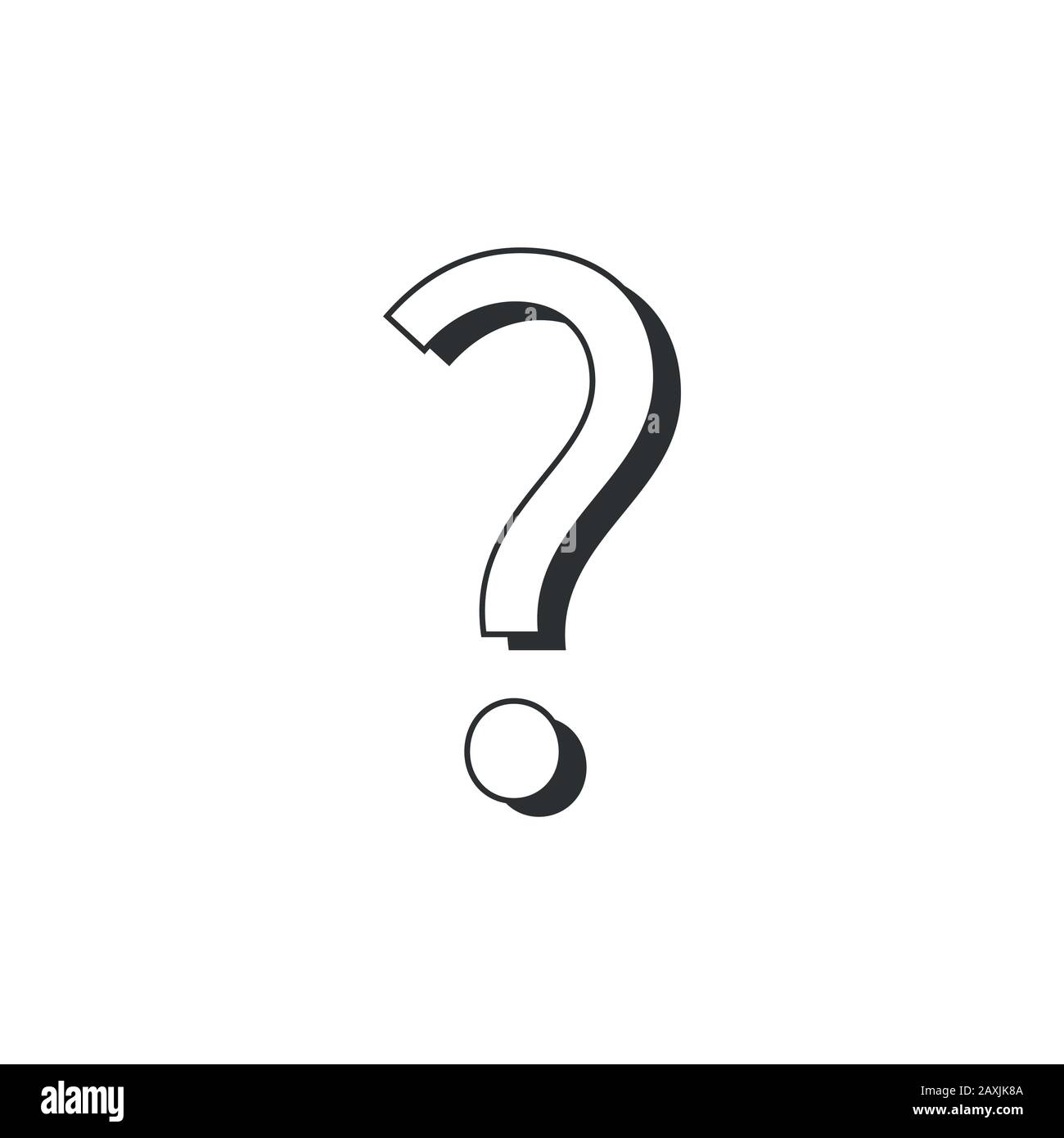This mark was a dot with a symbol resembling a tilde or ‘lightning flash’ above it, representing the rising tone of voice used when asking a question. This new punctuation mark spread rapidly from the court of Charlemagne to other centres of learning. It's definitely not an easy question, but no, I'm not trying to confuse you and say that they all use cute text emoticons. (─‿‿─) Even as for great writers, most only use plain text. (─‿‿─) Even as for great writers, most only use plain text.
Question: 'What was olive oil a symbol of in the Bible?'Answer: In the Bible olive oil is mentioned several times as the oil used for lighting lamps (Leviticus 24:2; Exodus 27:20). Olive oil was also used for anointing oil (Exodus 30:23–25) and as part of the grain offerings (Leviticus 2:1–10). Kings were anointed with olive oil as a sign that they were chosen by God to rule (1 Samuel 16:1). As an important ingredient in the recipe for anointing oil, olive oil was used to sanctify priests (Exodus 29:7), the tabernacle, and all its furnishings (Exodus 40:9). Olive oil was also used in cooking. Olive trees grew in Israel (Deuteronomy 8:7–8), and the people in that region used the oil from pressed olives as people in other cultures might have used butter or animal fats.
Olive oil was an important part of Jewish culture because of its many uses. Because of its centrality to much of Jewish life, olive oil was sometimes used as a symbol of richness, joy, and health (Jeremiah 31:12; Hebrews 1:9). Times of judgment were described as a season when “the olive oil fails” (Joel 1:10).
Olive oil can also be seen as a symbol of the Holy Spirit (or possibly of faith) in Jesus’ parable of the ten virgins (Matthew 25:1–13). The five wise virgins in the wedding party had made sure they had olive oil for their lamps as they waited for the bridegroom to come. The five foolish virgins did not think ahead and had brought no oil. As the bridegroom drew near, the five foolish virgins begged the wise ones for some of their oil. But the wise virgins could not spare any. While the foolish virgins were out buying more oil, the bridegroom came, and their chance to join the wedding celebration was gone forever.
Jesus gave the point of the parable: “Therefore keep watch, because you do not know the day or the hour” (Matthew 25:13). At the end of the age, when Jesus comes back, some will be ready for His arrival (illustrated by the wise virgins who had olive oil); others will not be ready (symbolized by the foolish virgins who had no oil). Considering the olive oil as a symbol of the Holy Spirit (or of faith), we could say that only those who have the Spirit (or faith in Christ) are truly ready for Jesus’ second coming.
Not every reference to olive oil in the Bible is symbolic, of course. But there are passages in which olive oil can be a picture of the Holy Spirit, the One who sanctifies us, fills us, readies us to see Christ, and brings us light, joy, and spiritual health.
| ||||||
| ||||||
Translingual[edit]
Punctuation mark[edit]
- Encloses a question in some languages.
Usage notes[edit]
The symbols are called, in English:
- ¿ = inverted question mark
- ? = question mark
See also[edit]
Catalan[edit]
Punctuation mark[edit]
- Occasionally encloses a question in modern Catalan. At other times, a lone question mark is used at the end with nothing at the beginning of the question.
Usage notes[edit]
¿ is used at the beginning of a question, with ? at the end; however, it is not mandatory to use ¿.
See also[edit]
Spanish[edit]
Question Symbol Image
Punctuation mark[edit]
- encloses a question in Spanish; equivalent in English and many other languages: ?
- ¿Cómo estás? ― How are you?
- Si tú fuiste, ¿a qué hora llegaste? ― If you went, at what time did you arrive?
Coordinate terms[edit]

Usage notes[edit]
In written Spanish, the ¿ symbol is placed at the beginning of an interrogative phrase, with the ? at the end of the phrase. As SMS messaging and other forms of electronic communication have become more common, many speakers only use ? for questions and ! for exclamations, leaving out the initial typographical mark. This is considered non-standard usage.
Further reading[edit]
Question Symbol For Ppt
- Inverted question and exclamation marks on Wikipedia.Wikipedia
Fortnite Question Symbol
